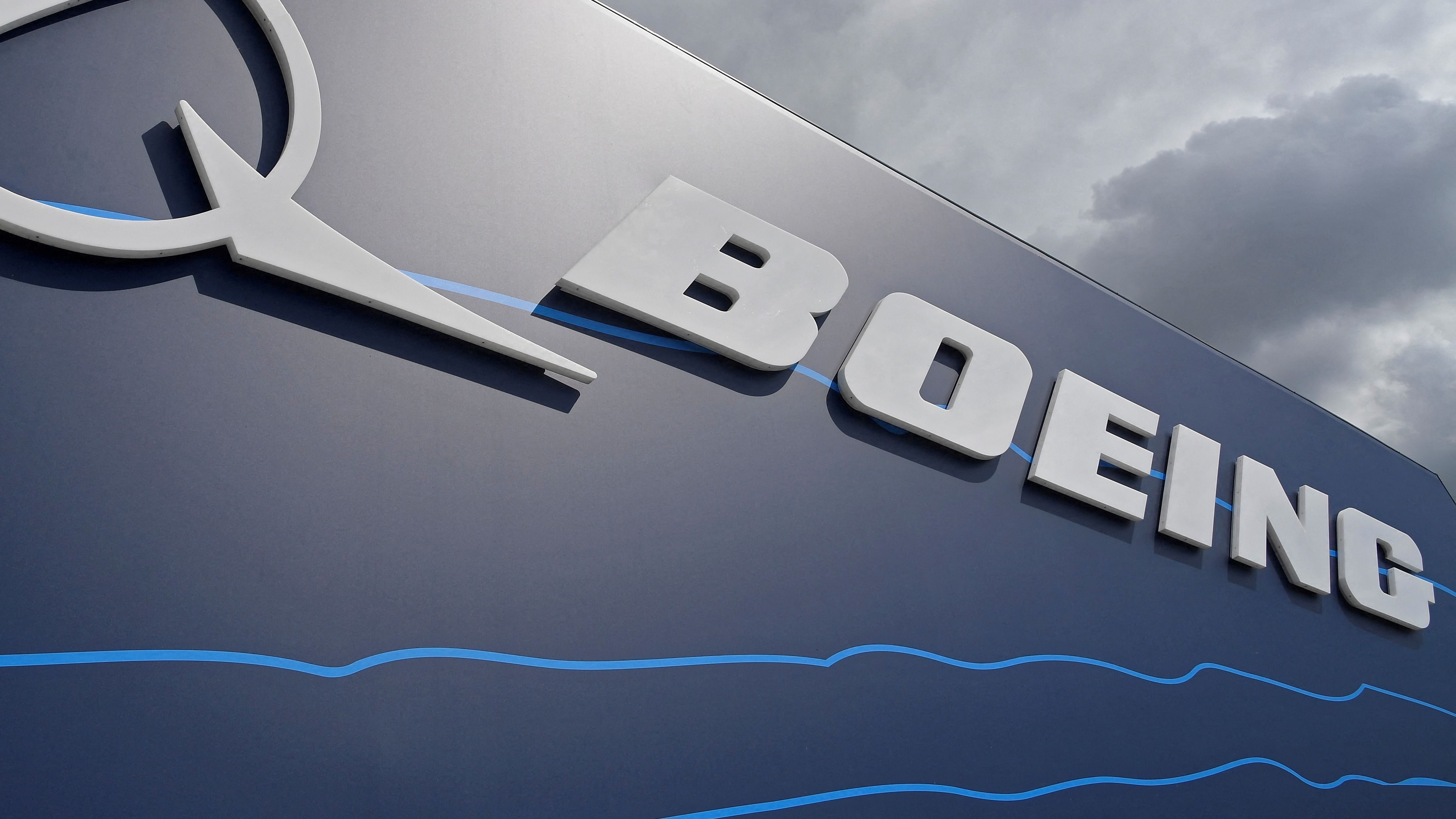
The pandemic has not fundamentally altered the long term growth outlook for commercial aviation, with an 82 percent increase in jets seen through 2041, according to a Boeing forecast released Saturday.
The company projected a total global fleet of 47,080 over the next two decades, compared with 25,900 in 2019, with half of deliveries replacing jets that will be retired, Boeing said in its annual commercial market outlook.
The forecast comes a few days after a similar outlook from archrival Airbus and ahead of the big Farnborough airshow.
Also Read: Relief for flyers? Jet fuel prices cut
That's a bit below the 49,405-jet fleet in Boeing's prior long-term outlook, reflecting a slight trim to the company's global annual GDP growth forecast to 2.6 percent.
But the long-term fundamentals "remain intact," with demand for passenger and cargo traffic outpacing global gross domestic product (GDP), Boeing said in its powerpoint.
"In 2022, demand is not the key constraint anymore, as people are able to travel," said Darren Hulst, Boeing vice president for commercial marketing.
Today's market is dominated by a "tremendous amount of pent-up demand," he said. "The key constraint is supply."
The global fleet of single-aisle jets, which are used for domestic flights, has returned to 98 percent of its pre-pandemic level, while multi-aisle planes, which are used for international flights, stands at 78 percent.
The initial trend of the aviation industry's comeback from the Covid-19 downturn favored domestic trips. But Boeing pointed to a shift that is underway.
Domestic trips in China have fallen with multiple rounds of Covid-19 restrictions, while growth in Europe and the United States has been affected by capacity constraints.
Meanwhile, the international recovery is "currently outpacing expectations led by transatlantic" flights, said the Boeing powerpoint.
Boeing also said the growth in e-commerce will fuel more demand for cargo planes, expected to see an 80 percent jump in 2041.
Hulst said the plane maker was also adding more capacity to meet stricter low-carbon standards.